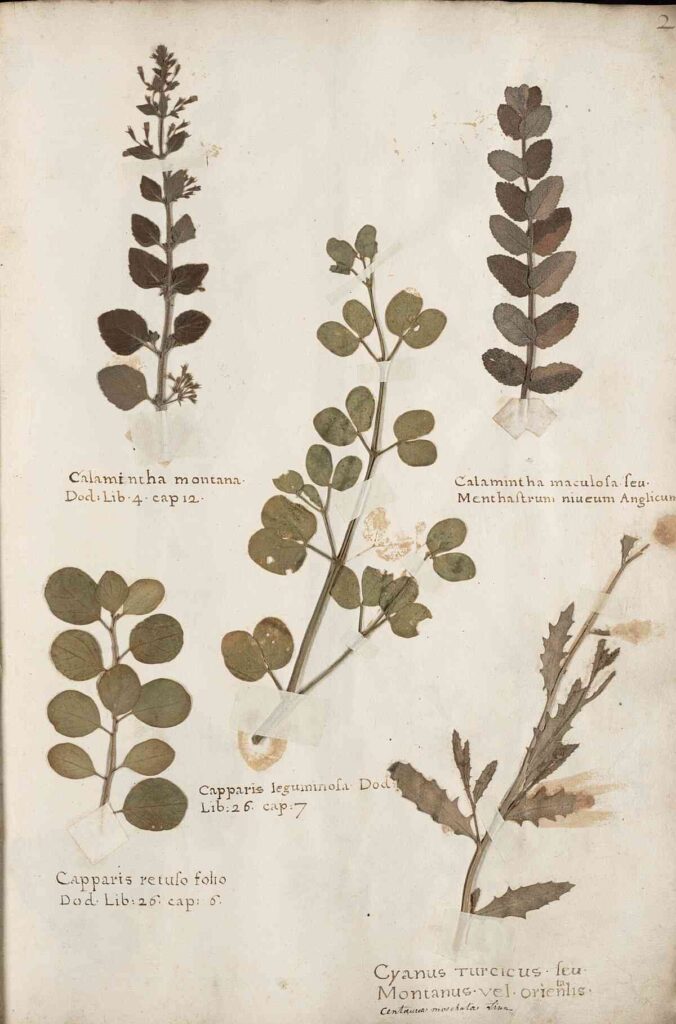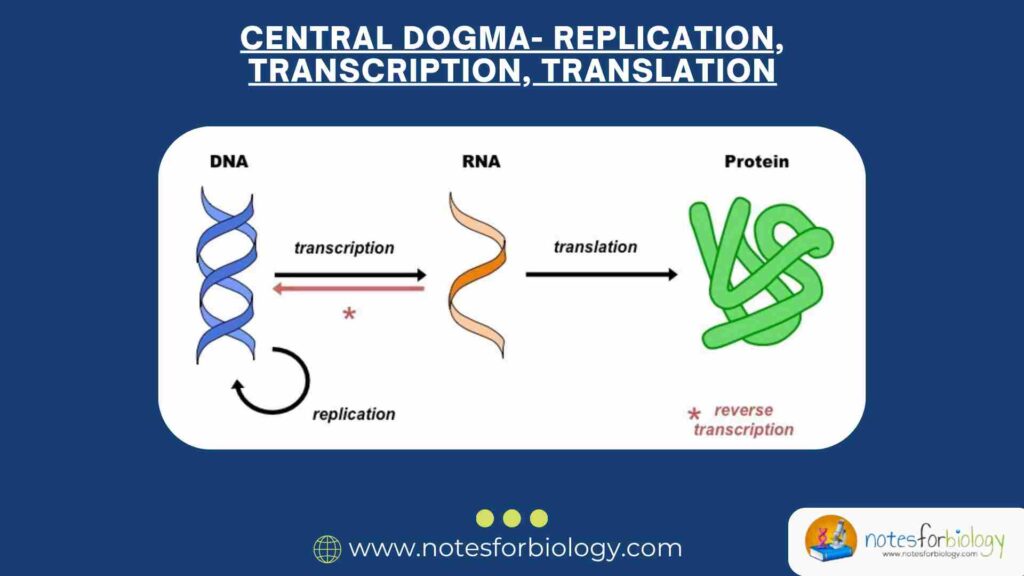1. Introduction to Taxonomy Tools
The study of taxonomy involves the scientific identification, naming, and classification of organisms. Due to the vast diversity of life forms on Earth, taxonomists require reliable tools to assist them in organizing, storing, and referencing biological information. These tools, known as taxonomic aids, are essential in the fields of research, education, conservation, and scientific documentation. The most important taxonomic aids include herbaria, botanical gardens, museums, and zoological parks (zoos). Each of these institutions plays a critical role in preserving biodiversity and supporting biological study.
Summary of Taxonomy Tools
- Taxonomic tools like herbaria, botanical gardens, museums, and zoos help in identifying, classifying, and studying the vast diversity of life.
- Each tool plays a unique role preserving specimens, showcasing biodiversity, and supporting scientific research and education.
- Together, these aids enhance our understanding of organisms, contribute to conservation, and promote awareness of biodiversity.
Table of Contents
2. Herbaria

2.1 Definition and Purpose of Herbaria
A herbarium is a systematically arranged collection of dried and pressed plant specimens mounted on sheets of paper. Each specimen includes essential details such as the scientific name of the plant, the date and place of collection, the name of the collector, and observations about the habitat or environment. These sheets are stored and organized in cabinets for easy reference. Herbaria are usually maintained by universities, botanical institutes, and research organizations.
2.2 Function in Taxonomic Identification
Herbaria provide reference specimens that are crucial for the identification and naming of plants. Taxonomists use them to compare unknown samples with preserved ones to determine similarities, differences, and classification. They also help document the morphological features of plants over time and support studies related to plant taxonomy, systematics, and evolution.
2.3 Educational and Research Significance
In addition to serving researchers, herbaria are valuable resources for students and educators. They provide hands-on materials for learning plant diversity, taxonomy, anatomy, and evolutionary patterns. Many botanical studies rely on herbarium specimens to analyze variations within and between species, assess plant distribution, and study ecological and climate changes over time.
3. Botanical Gardens

3.1 Definition and Characteristics of Botanical Gardens
Botanical gardens are scientifically managed institutions where a wide range of living plant species are cultivated for educational, scientific, and ornamental purposes. These gardens often feature labeled plant collections that include local, exotic, medicinal, and rare species. Some famous botanical gardens include the Royal Botanical Garden (Kew, London) and the Indian Botanical Garden (Howrah, India).
3.2 Role in Taxonomy and Species Study
Botanical gardens provide taxonomists with access to living plant specimens. These gardens help scientists study the life cycle, growth patterns, reproduction, and ecological interactions of plants in real-time. They also allow the observation of rare or endangered species that might not be found in natural habitats.
3.3 Contribution to Conservation and Public Education
Apart from supporting taxonomy, botanical gardens play a major role in plant conservation. They maintain gene banks of endangered and threatened species, serve as research centers for conservation strategies, and raise awareness about plant biodiversity through exhibitions and educational programs. Public visitors gain a better understanding of plant biology and the importance of biodiversity preservation.
4. Museums
4.1 Structure and Purpose of Biological Museums
Biological museums are repositories of preserved animal specimens that include dry specimens like skins, bones, feathers, shells, and skeletons, as well as wet specimens preserved in solutions like formalin. Museums often showcase specimens of extinct, rare, or endangered species and provide scientific data through exhibits and documentation.
4.2 Significance in Taxonomic Research
Museums are essential tools for studying animal taxonomy. They allow researchers to examine structural features, variations, and adaptations across different species. The preserved specimens also provide data for comparing extinct and existing species and help reconstruct evolutionary relationships through comparative anatomy.
4.3 Educational and Historical Value
In educational settings, museums act as dynamic learning environments. Students and the general public can observe real specimens, understand biodiversity, and explore topics such as anatomy, evolution, and animal behavior. Museums also preserve historical records of biodiversity and support scientific publications and taxonomy-related discoveries.
5. Zoological Parks (Zoos)

5.1 Definition and Function of Zoos
Zoological parks, commonly known as zoos, are facilities where live animals are kept in specially designed enclosures that mimic their natural habitats. These parks are not just for recreation but serve the dual purposes of wildlife conservation and public education.
5.2 Role in Taxonomic Studies
Zoos provide an opportunity for taxonomists and zoologists to study the behavior, physiology, reproduction, and ecological interactions of animals in a controlled environment. These observations help in classifying and identifying species based on real-life characteristics rather than solely relying on preserved samples.
5.3 Importance in Conservation and Awareness
Zoological parks contribute significantly to wildlife conservation through breeding programs for endangered species. They also host educational events, awareness campaigns, and collaborative research initiatives to promote the protection of animals and their natural habitats. Zoos are increasingly becoming centers for ex-situ conservation and biodiversity management.
6. Integration and Importance of Taxonomic Aids
All the taxonomic tools discussed above herbaria, botanical gardens, museums, and zoos work together to support the field of taxonomy. They collectively help in identifying, describing, naming, and classifying living organisms. These institutions also play a vital role in education by providing tangible examples of plant and animal diversity. Moreover, they contribute to scientific research by storing biological data, supporting conservation programs, and helping researchers monitor changes in species distribution and health. These aids are indispensable for systematics and biodiversity studies.
7. Conclusion
In conclusion, taxonomic aids form the backbone of biological classification and biodiversity research. They provide the physical and living references necessary for studying the vast diversity of life on Earth. Herbaria document the rich plant heritage in dried forms, botanical gardens offer living plant collections, museums preserve animal specimens for scientific analysis, and zoos enable real-time observation of animal behavior. Together, they fulfill the educational, scientific, and conservation goals of taxonomy. Their continued development and integration are essential for promoting awareness, protecting species, and enhancing our understanding of the natural world.
Frequently Asked Questions (FAQs)
What are the main tools used in the study of taxonomy?
The main tools include herbaria, botanical gardens, museums, and zoological parks. These help store, study, and classify plant and animal species for scientific and educational purposes.
Why is a herbarium important for plant identification?
Herbaria preserve dried plant specimens with labels showing names, collection data, and features, making them a key reference for identifying and comparing plant species.
What is the role of museums in taxonomy?
Museums preserve animal specimens, bones, fossils, and skeletons. These collections support research, education, and the study of evolutionary relationships among species.
Related Articles




